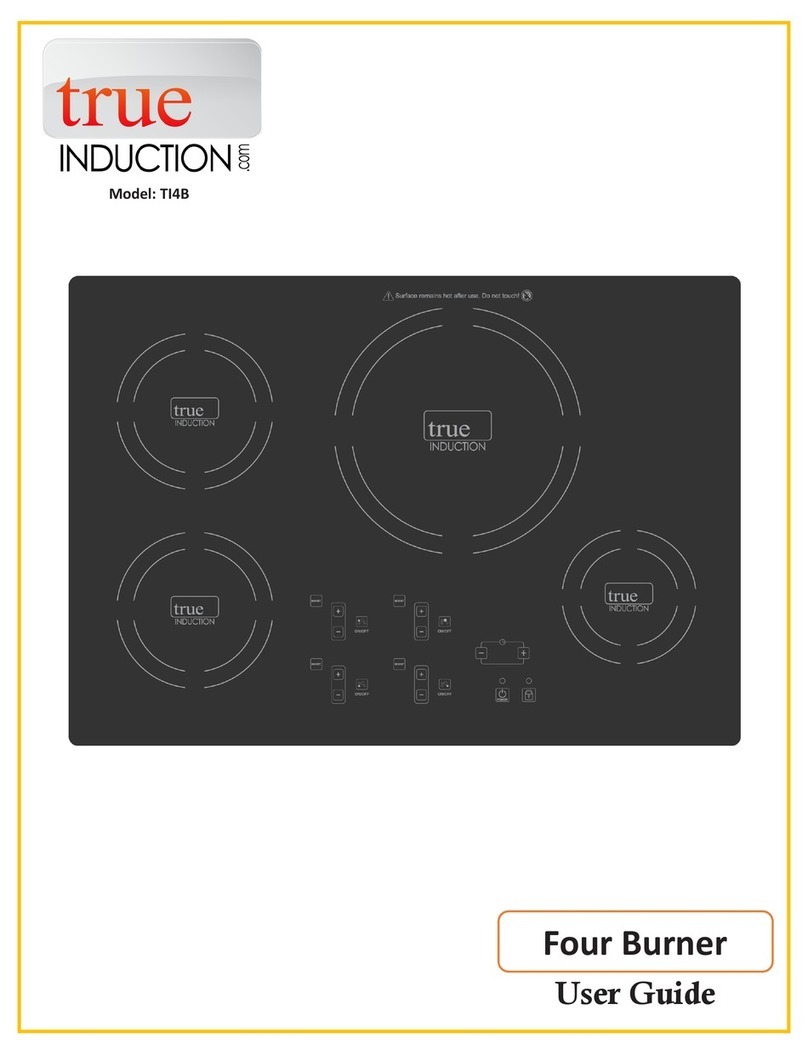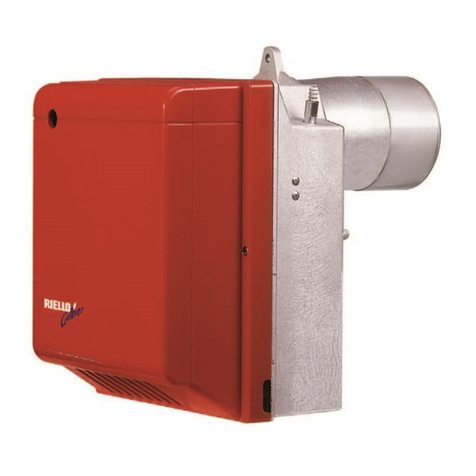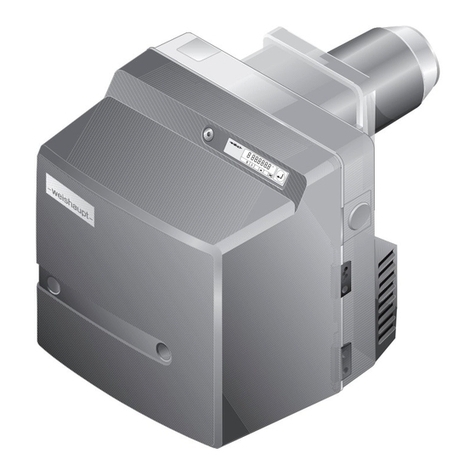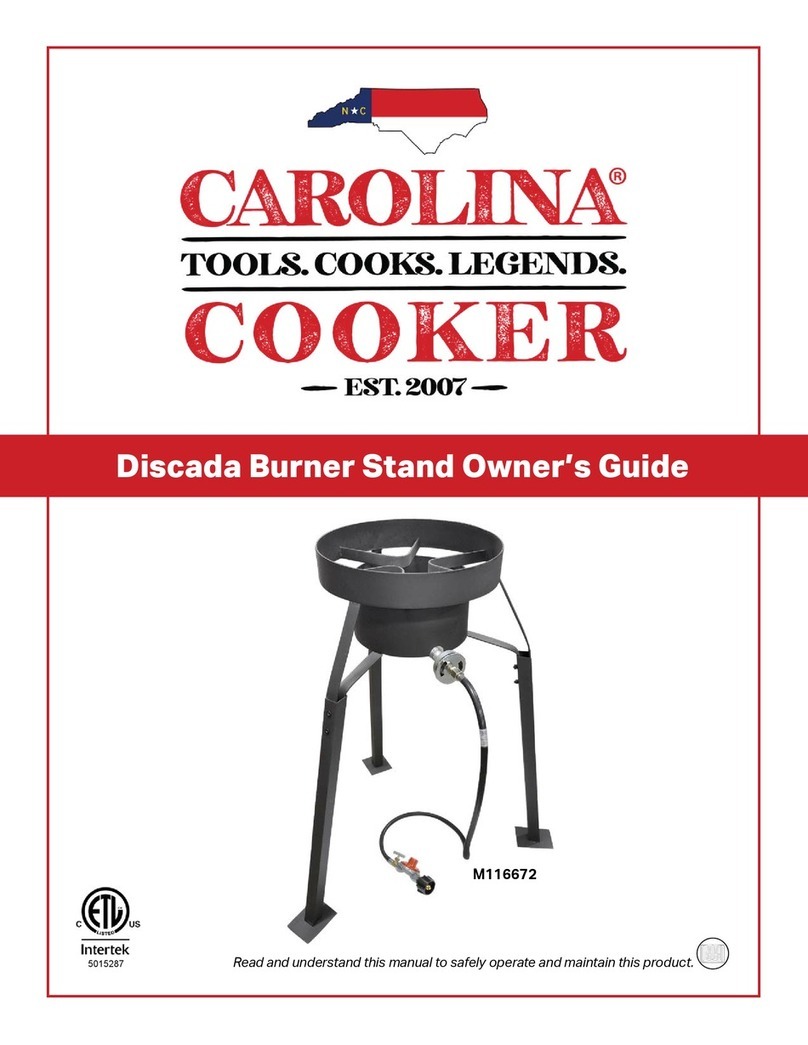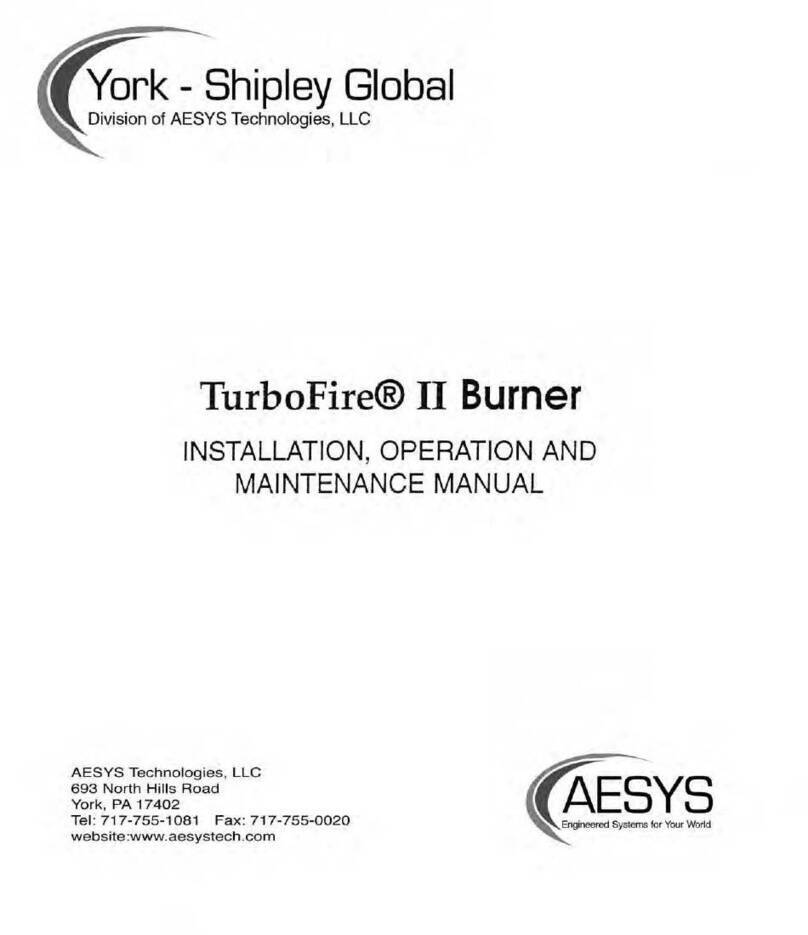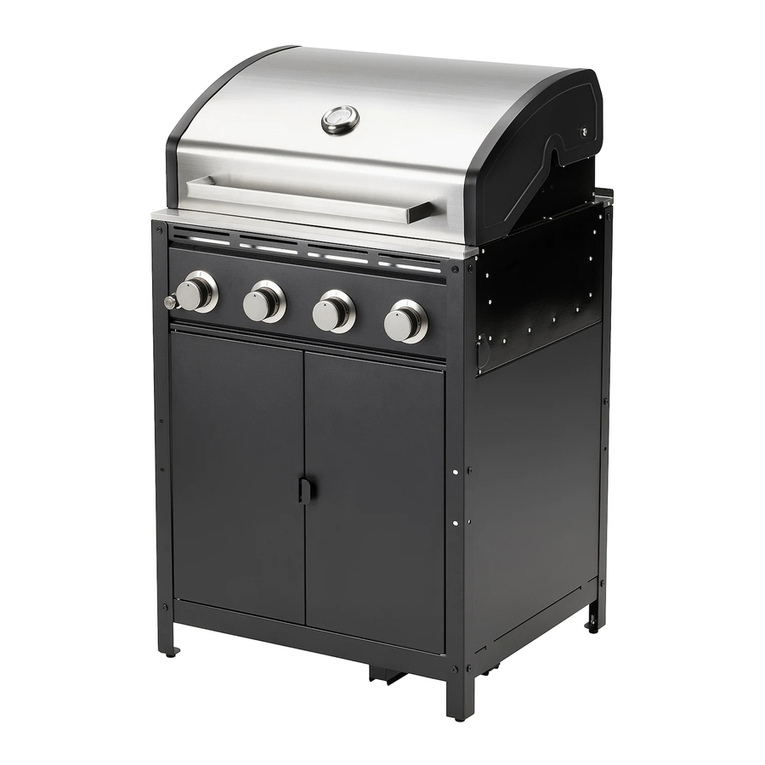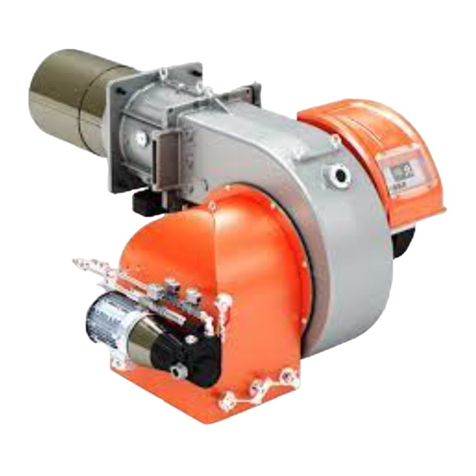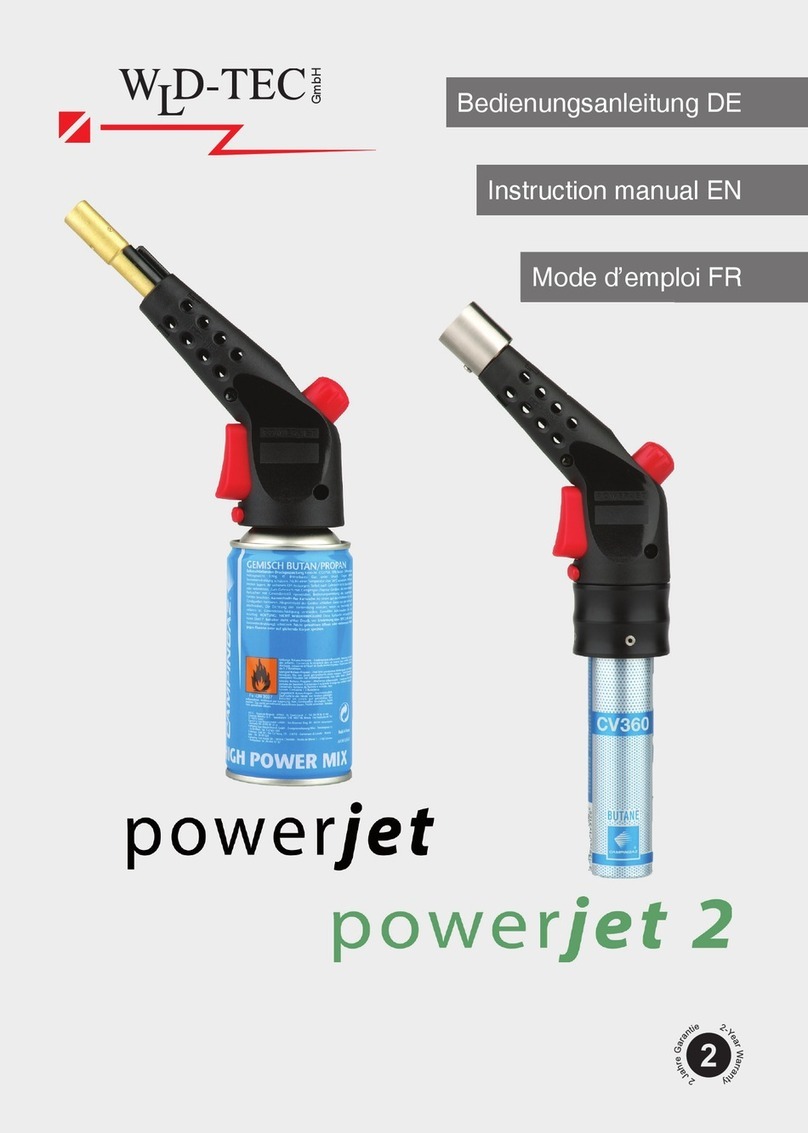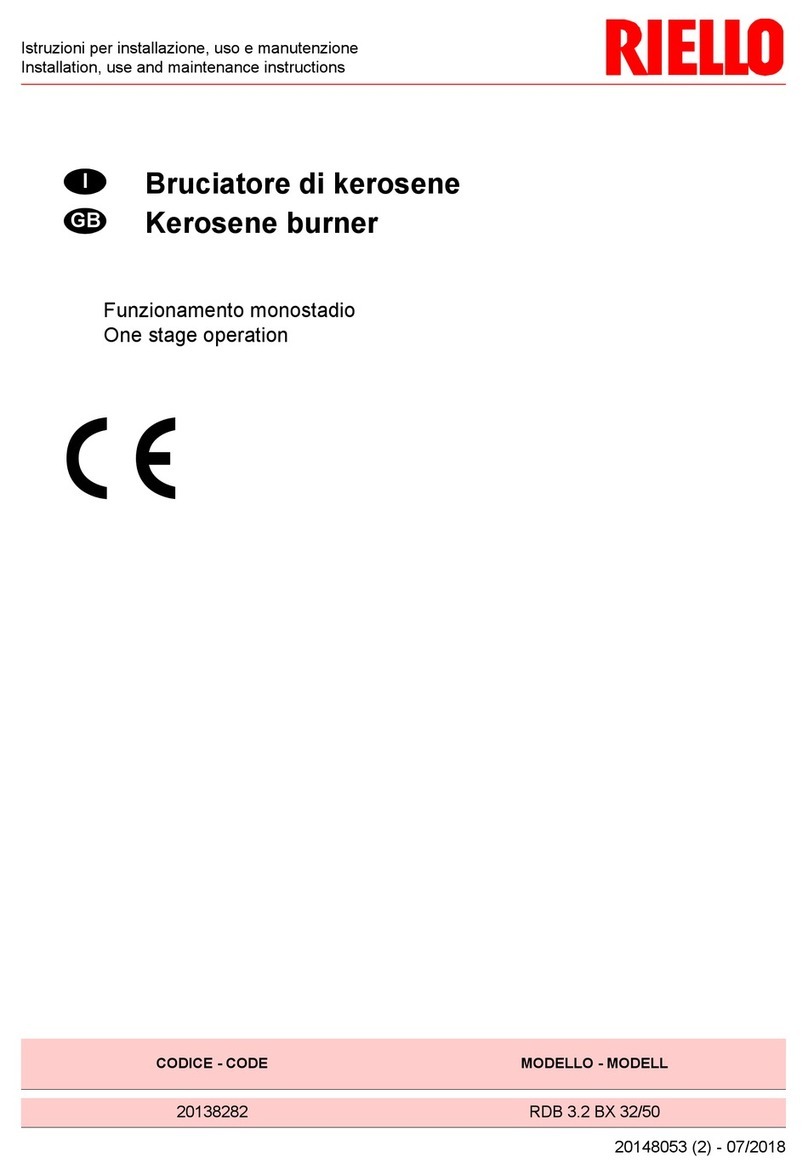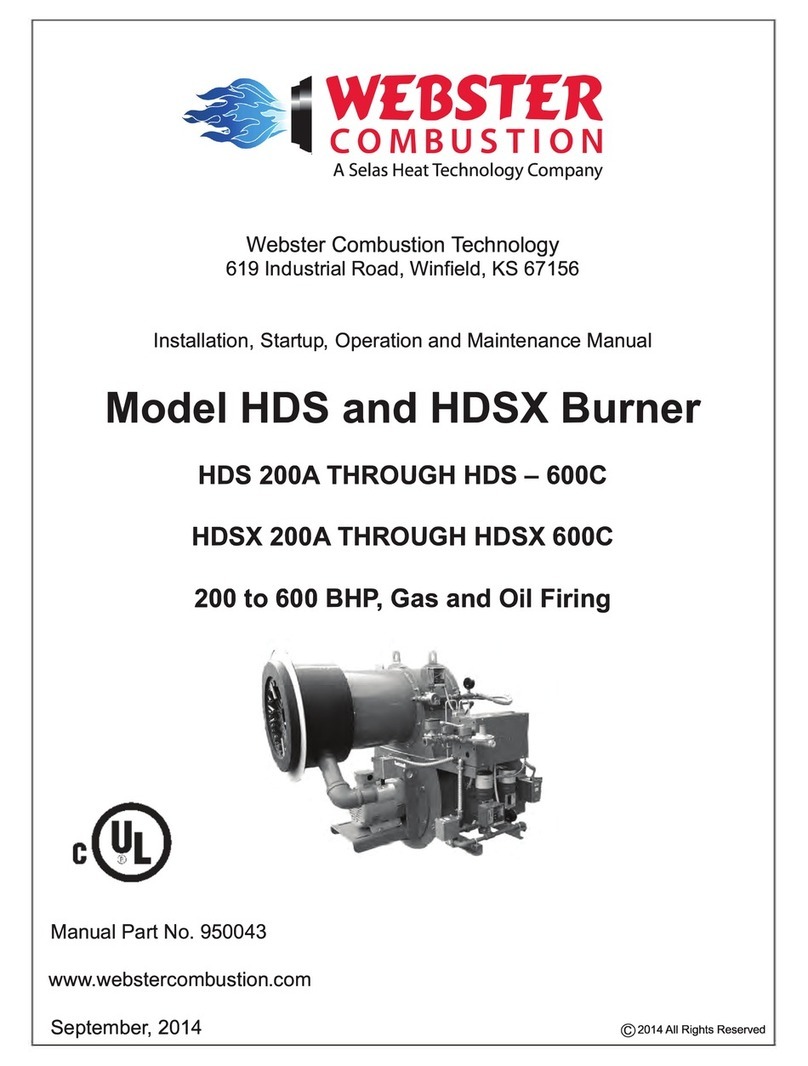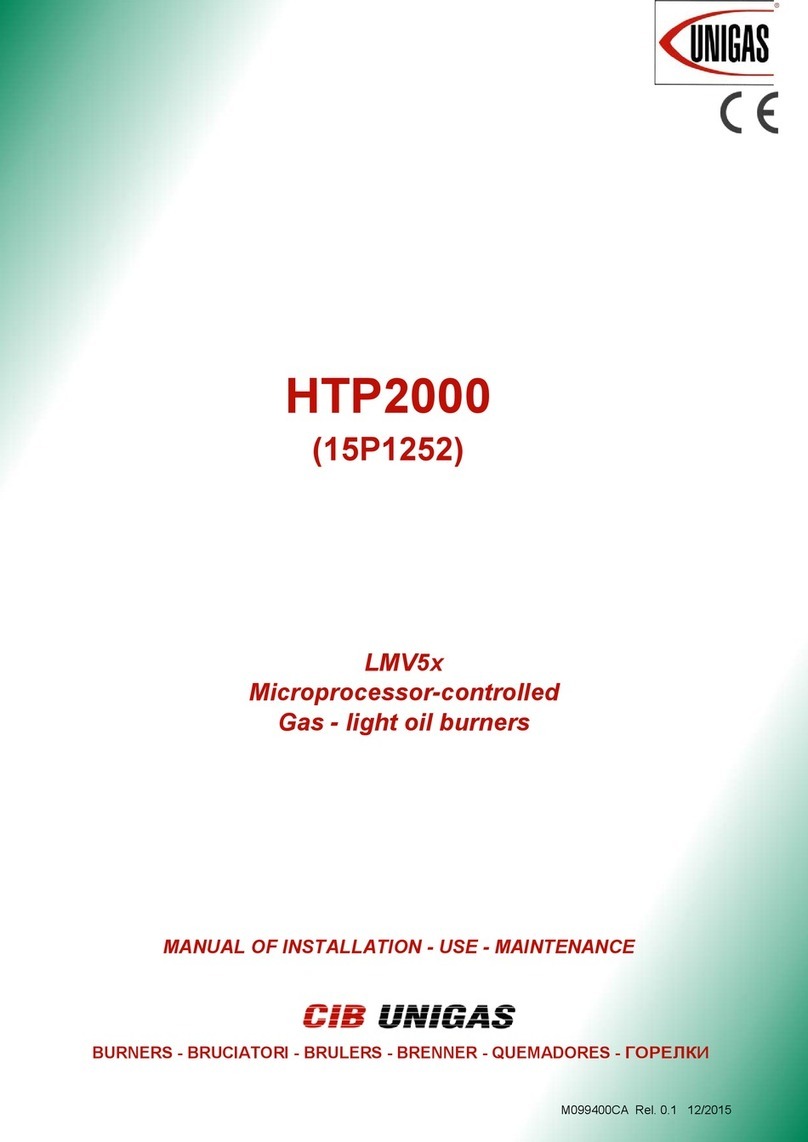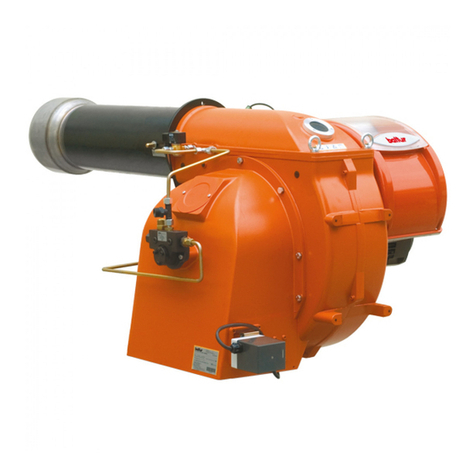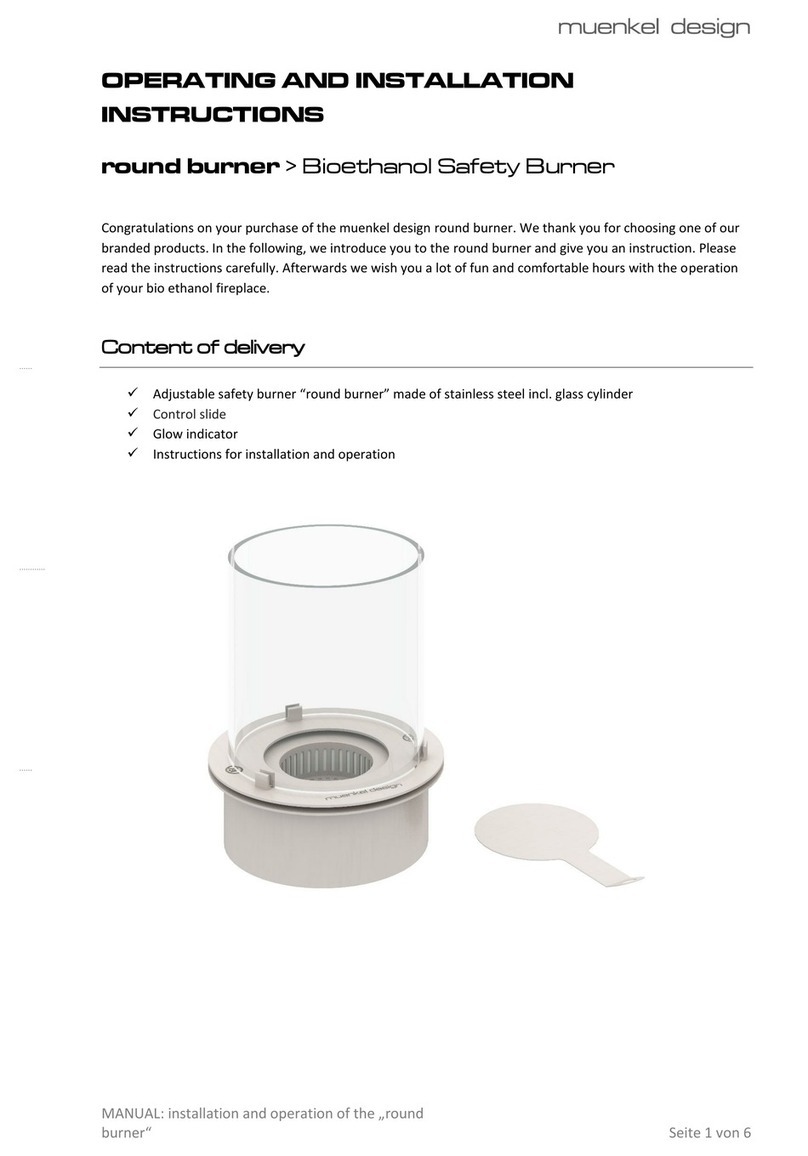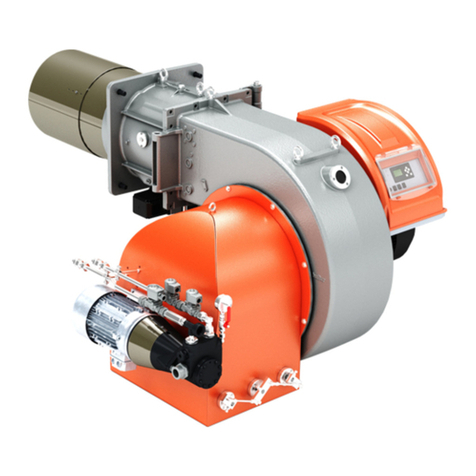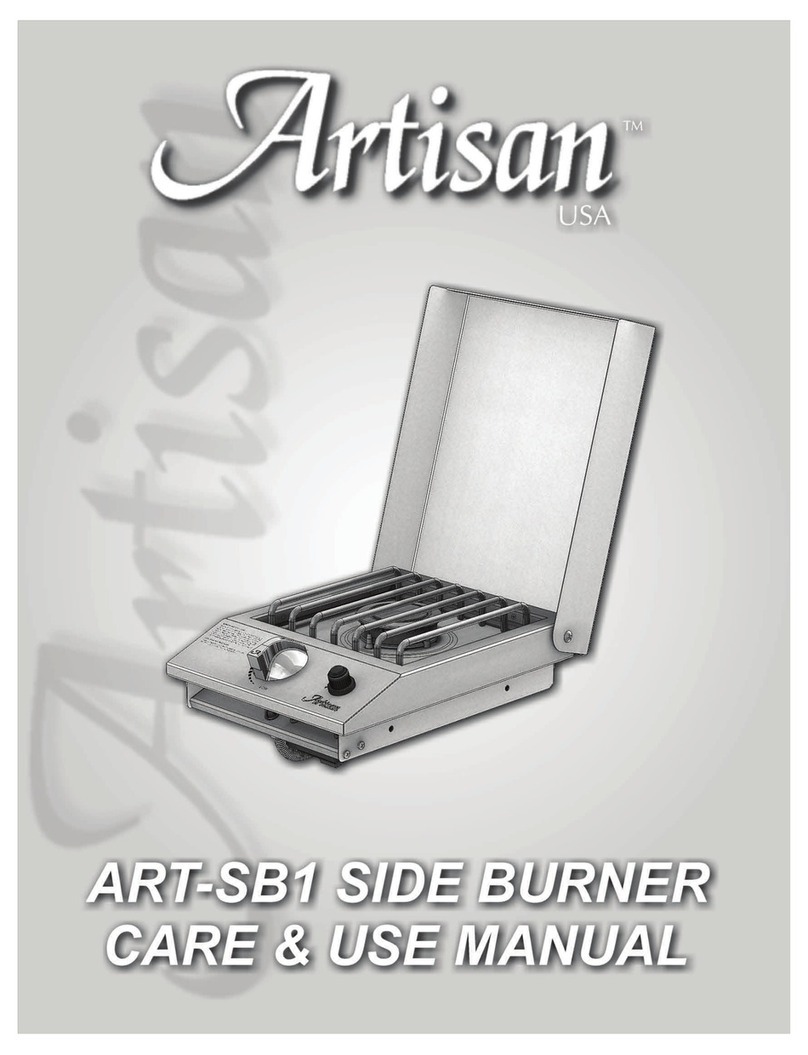
Page 4 Section A - General
HDRMB Manual
A. GENERAL
1. Nameplate Information
2. Ratings
3. Product Offering
4. Your Complete Manual
5. Service and Parts
This manual covers the Model HDRMB burner offered
by Webster Engineering & Manufacturing Co., LLC. This
burner is intended for commercial and industrial applica-
tions for Firetube and Watertube type boilers (Firetube,
Flextube, “D” Type, etc.). They can fire gas, oil or combi-
nations of gas and oil.
READ AND SAVE THESE INSTRUCTIONS FOR
REFERENCE
WARNING
DO NOT ATTEMPT TO START, ADJUST OR MAIN-
TAIN THIS BURNER WITHOUT PROPER TRAINING
OR EXPERIENCE. FAILURE TO USE KNOWLEDGE-
ABLE TECHNICIANS CAN RESULT IN EQUIPMENT
DAMAGE, PERSONAL INJURY OR DEATH.
The startup and maintenance of the HDRMB burner re-
quires the skills of an experienced and properly trained
burner technician. Inexperienced individuals should not
attempt to start or adjust this burner.
THE INSTALLATION OF THE EQUIPMENT SHALL BE IN
ACCORDANCE WITH THE REGULATION OF AUTHORI-
TIES HAVING JURISDICTION, INCLUDING THE NA-
TIONAL ELECTRICAL CODE, AND ALL LOCAL CODES.
Every attempt has been made to accurately reflect the
burner construction, however, product upgrades and spe-
cial order requirements may result in differences between
the content of this manual and the actual equipment.
These special components will be described in the infor-
mation provided with the burner and should be used as
the controlling document.
NOTE: This manual must be readily available to all op-
erators and maintained in legible condition.
1. Nameplate Information
Each burner has a nameplate with important job details,
similar to the nameplate shown in Figure A-1.
The serial number represents the unique number for that
burner and is a critical number that will be needed for any
communications with Webster Engineering.
The input rates define the maximum and minimum inputs
for that burner, given in MBH for gas and GPH for oil. Air
atomized burners (Figure A-1) show both the oil pressure
and air pressure. For gas firing, the gas manifold pressure
is given in “in wc” which is inches of water column.
The electrical ratings of the burner are given, with the volt-
age, current load, frequency and phase (this will either be
single or 3-phase). For motors, the motor HP is listed.
2. Ratings
The ratings for each specific burner are given on the
nameplate (Figure A-1). The general burner ratings are
given in Figure A-3. The maximum and minimum inputs
are given, based on the type of fuel. Other conditions,
like the supply gas pressure or the combination of fuels,
emission requirements and control systems may limit the
turndown.
Turndown is defined as the ratio of the maximum input to
the minimum input. For example, a burner with a maxi-
mum input of 120 GPH and a minimum input of 12 GPH
has a 10:1 turndown.
3. Product Offering
The burner can fire natural gas, #2 oil or combination of
natural gas and #2 oil.
DO NOT USE GASOLINE, CRANKCASE OIL OR ANY
OIL CONTAINING GASOLINE.
This burner is a low emission burner, and can operate at
NOx levels of 9, 12 or 15ppm. It is also capable of low CO
emissions.
Figure A-2 lists the common variations and options avail-
able on this product.
The minimum furnace conditions for this burner will
vary with performance requirements, and cannot be
stated in simple dimensions. Each job is analyzed to
provide the correct burner design and compares that
to the furnace and operating conditions. The figure
in A-3 show typical minimum values for furnace siz-
es. In addition, the volume heat release rates would
be limited to about 185,000 btu/ft3 on firetubes and
85,000 btu/ft3 on watertube boilers.
MODEL NUMBER
HDRMBC-400B-5V 150 RM7800L-M.25 VGD
SERIAL NUMBER
U73586A-02
JOB LOCATION
Georgia
DATE MFG
30 - Nov - 04
OIL INPUT RATING
GAS INPUT RATING
MBTU/HR IN.WC GPH PSI
16738 8.4 119.6 28/31
MAXIMUM
2790 0.15 23 12/21
MINIMUM
NATURAL GAS #2 OIL / AIR
FUEL
VOLTS AMPS HERTZ PHASE HP
115
CONTROL CIRCUIT 560 1
460
BURNER MOTOR 20.1 60 3 15
460
OIL PUMP MOTOR 2.9 60 3 1.5
Figure A-1 Nameplate


